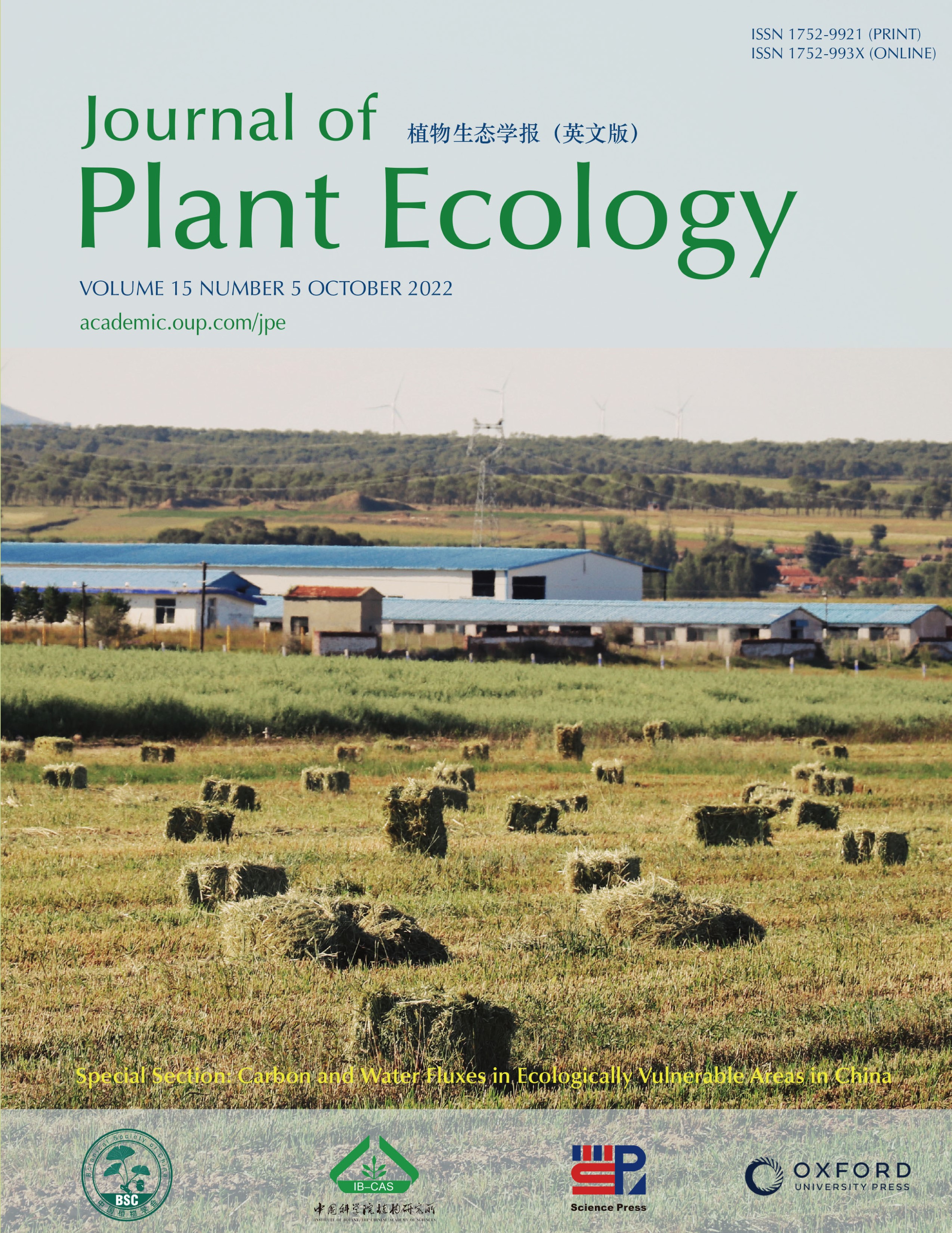Current Issue
-
 Volume 15 Issue 5
Volume 15 Issue 5
The harvest season, presenting a magnificent landscape and the harmonious coexistence between man and nature in the agro-pastoral ecotone of northern China. However, the grassland in this area is extremely sensitive to global climate changes and anthropocentric disturbances. It is of great significance to study the carbon flux of grassland in agro-pastoral ecotone for accurate assessment of the carbon sink of grassland. Photo taken by Huiling Wang. See Diao et al. in this issue.
IF: 3.9
CiteScore: 5.7
CiteScore: 5.7
Editors-in-Chief
Yuanhe Yang
Bernhard Schmid
Yuanhe Yang
Bernhard Schmid
CN 10-1172/Q
ISSN 1752-9921(print)
ISSN 1752-993X(online)
ISSN 1752-9921(print)
ISSN 1752-993X(online)







